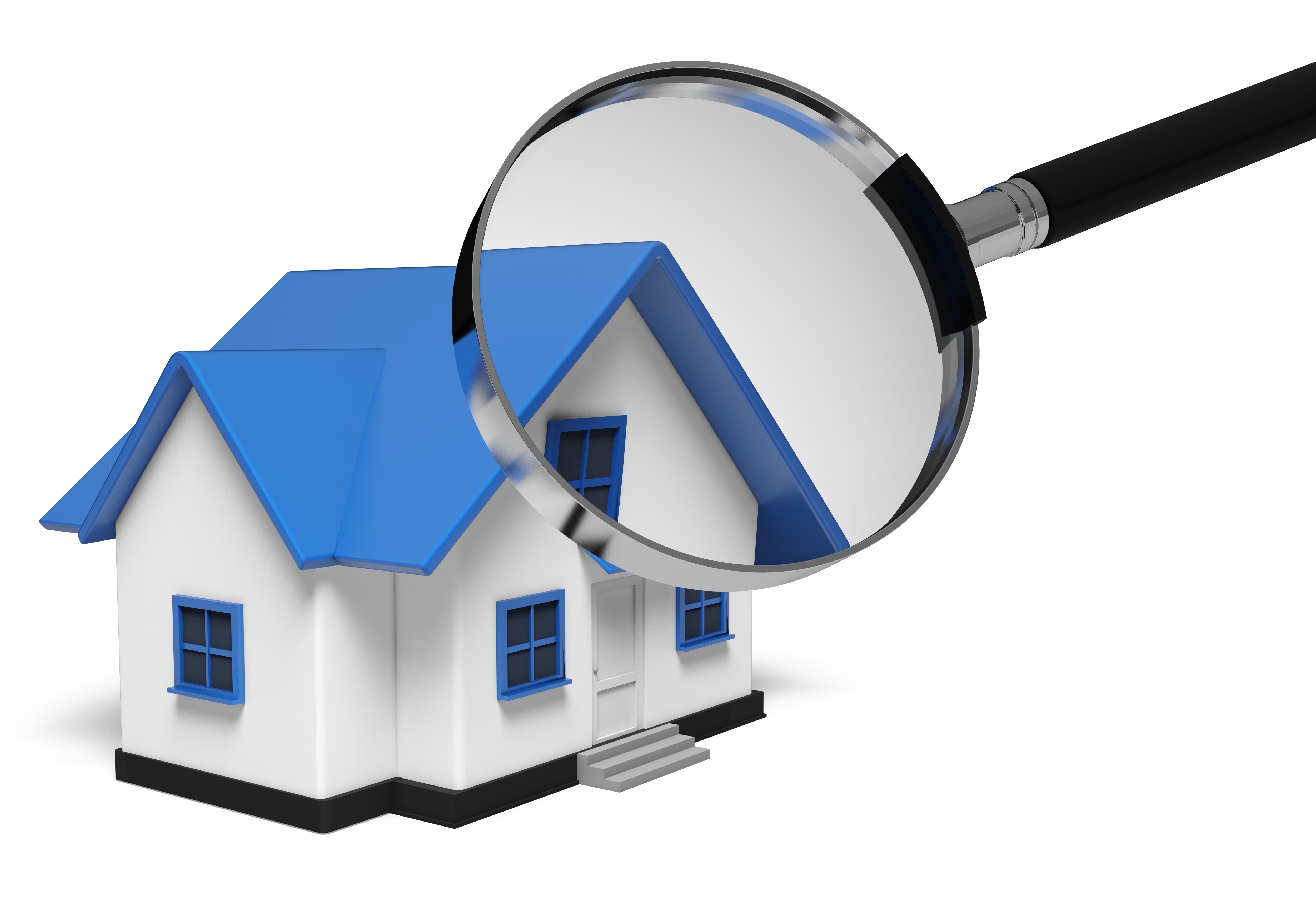
Comprehending AppraisalsPurchasing a home can be the largest investment many of us could ever encounter. Whether it's a main residence, a seasonal vacation property or one of many rentals, the purchase of real property is a detailed financial transaction that requires multiple parties to pull it all off. You're probably familiar with the parties having a role in the transaction. The most recognizable person in the transaction is the real estate agent. Next, the mortgage company provides the financial capital required to bankroll the transaction. The title company makes sure that all requirements of the transaction are completed and that a clear title passes from the seller to the buyer. So, what party is responsible for making sure the real estate is worth the amount being paid? In comes the appraiser. We provide an unbiased opinion of what a buyer might expect to pay — or a seller receive — for a parcel of real estate, where both buyer and seller are informed parties. A licensed, certified, professional appraiser from Birch Tree Appraisals will ensure, you as an interested party, are informed. Appraisals start with the home inspectionTo ascertain an accurate status of the property, it's our duty to first complete a thorough inspection. We must see aspects of the property hands on, such as the number of bedrooms and bathrooms, the location, living areas, etc, to ensure they really exist and are in the condition a reasonable buyer would expect them to be. To make sure the stated square footage has not been misrepresented and document the layout of the home, the inspection often requires creating a sketch of the floorplan. Most importantly, we identify any obvious amenities - or defects - that would have an impact on the value of the house. Next, after the inspection, we use two or three approaches to determining the value of the property: paired sales analysis and, in the case of a rental property, an income approach. 
Cost ApproachThis is where we use information on local building costs, the cost of labor and other factors to determine how much it would cost to replace the property being appraised. This figure commonly sets the maximum on what a property would sell for. The cost approach is also the least used method. 
Analyzing Comparable SalesAppraisers become very familiar with the neighborhoods in which they work. They thoroughly understand the value of particular features to the residents of that area. Then, the appraiser looks up recent sales in the neighborhood and finds properties which are 'comparable' to the subject at hand. By assigning a dollar value to certain items such as remodeled rooms, types of flooring, energy efficient items, patios and porches, or additional storage space, we add or subtract from each comparable's sales price so that they are more accurately in line with the features of subject property.
Once all necessary adjustments have been made, the appraiser reconciles the adjusted sales prices of all the comps and then derives an opinion of what the subject could sell for. At Birch Tree Appraisals, we are an authority when it comes to knowing the worth of particular items in Memphis and Shelby County neighborhoods. The sales comparison approach to value is most often given the most weight when an appraisal is for a home purchase. Valuation Using the Income ApproachA third way of valuing a property is sometimes employed when a neighborhood has a reasonable number of renter occupied properties. In this scenario, the amount of income the real estate produces is factored in with other rents in the area for comparable properties to derive the current value. Putting It All TogetherExamining the data from all applicable approaches, the appraiser is then ready to document an estimated market value for the subject property. Note: While this amount is probably the strongest indication of what a property is worth, it probably will not be the final sales price. There are always mitigating factors such as seller motivation, urgency or 'bidding wars' that may adjust the final price up or down. Regardless, the appraised value is typically employed as a guideline for lenders who don't want to loan a buyer more money than they could get back in the event they had to sell the property again. Here's what it all boils down to, an appraiser from Birch Tree Appraisals will guarantee you discover the most fair and balanced property value, so you can make profitable real estate decisions. |